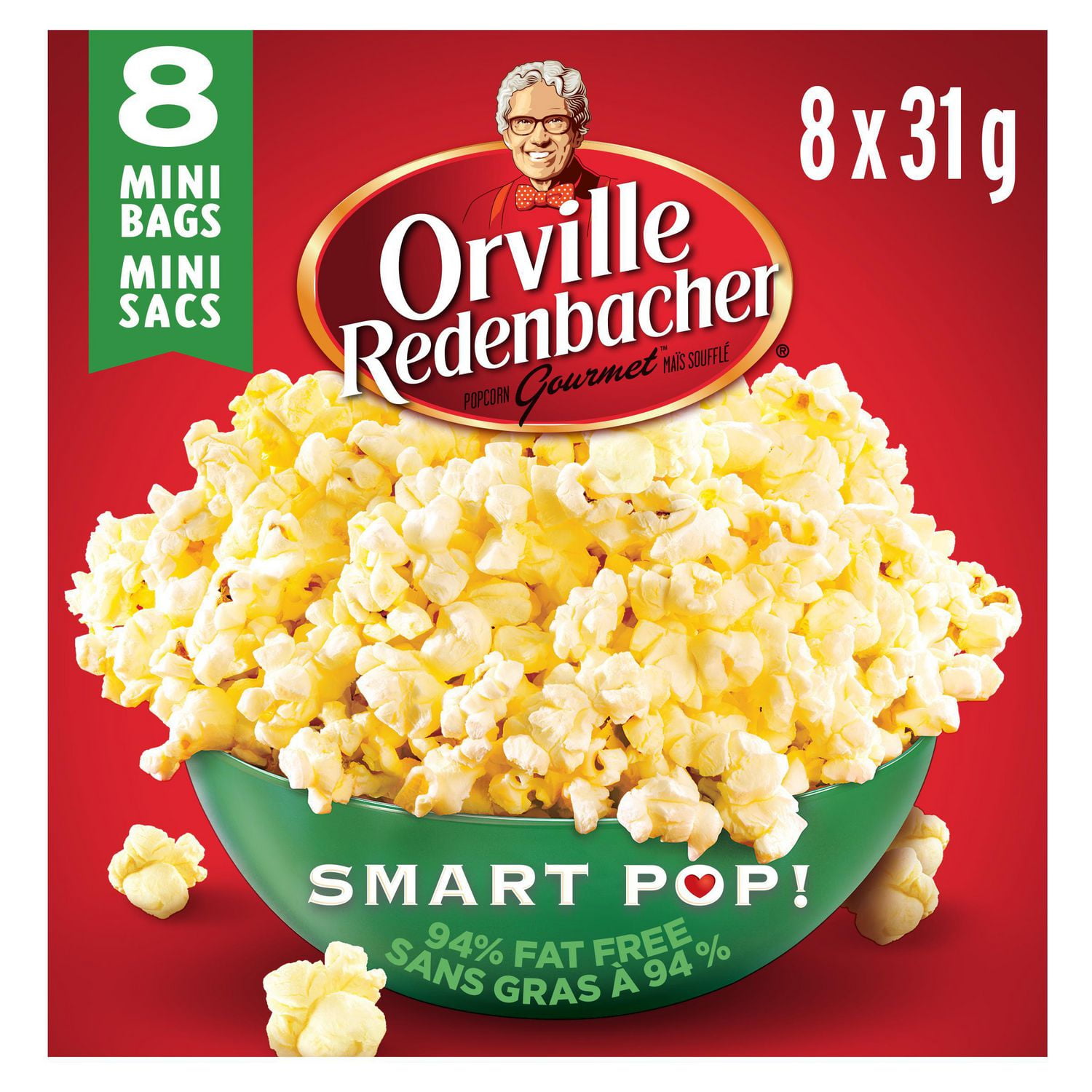

Setting the timer and coming back later, after the timer's alarm has sounded, could result in the popcorn being burnt and smoking badly. Ī safety issue is that the cooking time given on the packaging does not apply to all microwave ovens. Safety issues Ĭare in package design is needed for food safety. Īn early susceptor popcorn bag design was patented by the American company General Mills in 1981 (US Patent #4,267,420). These unpopped kernels are known as "old maids" or "spinsters". Some popcorn is flawed and will not pop because of possible damage to the shell, which allows the steam to escape. A susceptor-usually a metalized film laminated onto the paper of the bag-absorbs microwaves and concentrates heat at the film interface, thus ensuring a heat distribution focused on the hard-to-heat flavor coating so that the unpopped kernels are evenly coated prior to popping, thereby ensuring even flavor throughout the product. Microwave popcorn bags are designed to avoid popped-kernel scorching, an undesirable effect that takes place when popped kernels are heated above 300 ☏ (150 ☌). The bag is typically partially folded when it is placed in a microwave, and inflates as a result of steam pressure from the heated kernels. 2.4 Electrochemical oxidation mechanism.The best fix, says Michaels, is to make your popcorn the old-fashioned way: on the stovetop. Manufacturers have taken that concern to heart: The country's largest makers of microwave popcorn-ConAgra, General Mills, American Pop Corn Company, and Pop Weaver- no longer use diacetyl in their products, which include Act II, Orville Redenbacher, Pop Secret, Pop Weaver, and Jolly Time.Īs for the remaining chemicals in microwave popcorn, you can play it safe by following a few steps outlined by David Michaels, PhD, director of the Project on Scientific Knowledge and Public Policy at the George Washington University School of Public Health and Health Services, an expert on microwave popcorn fumes: Wait until the bag is cool to the touch before opening (the vapor will condense), and open the bag under a stovetop exhaust fan. "It is just a single case," she says, "but I wouldn't dismiss this concern." Cecile Rose, MD, director of the occupational medicine program at the National Jewish Medical and Research Center in Denver, Colorado, treated the man. Reportedly, the man ate an average of two bags of extra-butter-flavored microwave popcorn daily for more than ten years and (here's the kicker) hovered over the steaming-hot pouch to fully enjoy its buttery bouquet. The rub is that when heated to high temperatures, like those used to cook microwave popcorn, diacetyl vaporizes and becomes toxic.Īs with most toxins, the devil's in the dosage. (The condition has been a problem for workers in popcorn manufacturing plants.) Although dozens of foods from Twinkies to red wine contain diacetyl, it is harmless when eaten. bronchiolitis obliterans-a severe respiratory disease linked to breathing large amounts of the stuff.


While it's unclear how many of the chemicals may be harmful at the levels emitted, one is a known troublemaker.ĭiacetyl, the substance used to impart a buttery taste to the movie-time snack, made headlines last summer when a Colorado man contracted "popcorn lung"-a.k.a.

We hate to point this out, but that steam contains nearly four dozen chemicals-the sources include the buttery flavorings and the ink and glue on the bags-according to a new report from the U.S. You tug at the corners of a piping-hot bag of microwave popcorn, and a plume of fragrant steam escapes. The overpowering scent of microwave popcorn-you either love it or hate it.


 0 kommentar(er)
0 kommentar(er)
